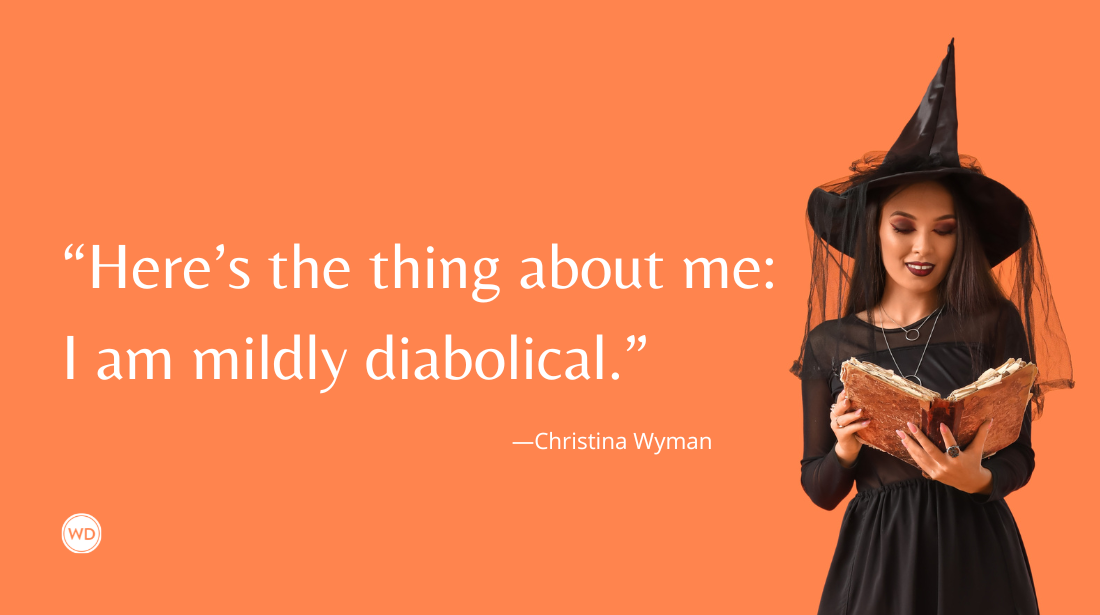How Many Spaces After a Period?
What’s the rule: Use one space or two spaces after a period? We have the answer (and the reason for it).
Q: My writing course instructor insists that I should go back through my novel manuscript and use only one space after periods instead of two spaces. I was taught that it was always a double space after period. Is she wrong or am I just a dinosaur?—Anonymous
A: The "two spaces after period" rule was established during the days of typesetters, when additional space was needed to show the difference between the spacing between words (which was smaller) and the spacing between sentences (which was larger). When typewriters came around, they had only one font and all the letters were monospaced, or took up the same amount of space. That means that the skinny “l” and wider “w” occupied the same amount of space on paper. People mimicked what they believed to be the format they'd grown used to by adopting two spaces after a period—and that's how the so-called two-space rule was born.
With the dawn of computers, word processing programs not only began offering an absurd number of fonts, but each font was programmed to space characters proportionally (“l” takes up about a third of the space “w” does). In turn, most computer fonts will automatically give you enough room between sentences with one space. And, according to nearly all stylebooks, including The Associated Press Stylebook and the Chicago Manual of Style, you always use a single space after a period.
The point is, it's not only widely accepted, it's expected that you use only one space after a period. Sorry two-spaces, it's time to make the switch.
QUICK TIP FOR THOSE WHO USE TWO SPACES: If you are someone who can't break your two spaces after a period habit, have no fear! Simply write as you always would (with two spaces) and, when you are finished, got to the toolbar of your word processing program, click EDIT > FIND > REPLACE, and then choose to replace all double spaces with single spaces. Problem solved!
Brian A. Klems is the former Senior Online Editor of Writer’s Digest, and author of Oh Boy, You’re Having a Girl (Adams Media/Simon & Schuster). Follow him on Twitter @BrianKlems.









